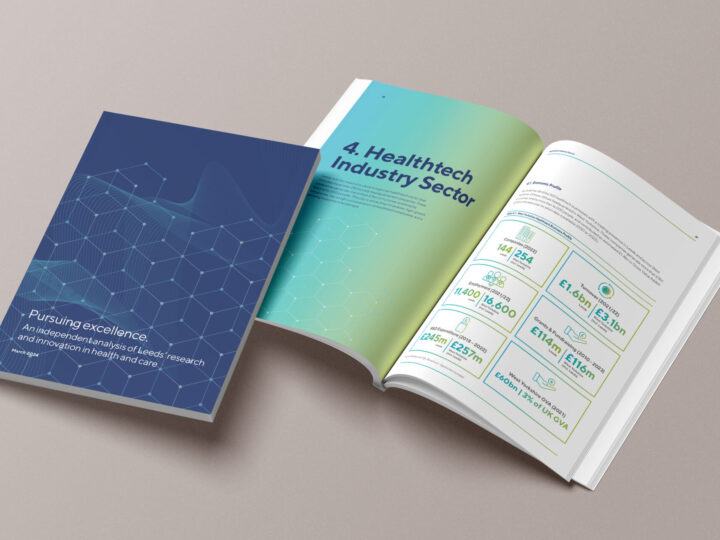The digital revolution has had a huge impact on the sheer amount of information we consume on a daily basis, which can all be accessed via the smartphone in our pockets as well as other more traditional media. But the biggest change has been in the way we consume that information. Rather than just taking it as read, we now want to find out several points of view on a topic and then perhaps even get involved in the discussion ourselves. We are also constantly finding ways to filter out all the ‘noise’ so that we can just concentrate on what’s of interest to us and we’re increasingly cynical about the difference between fact and fiction. If there’s something happening that everyone’s talking about, we’ll no doubt find out about it (even football haters can’t ignore the World Cup!) but, on the whole, we want more information about less things.
This has completely changed business communications. There is a lot of talk about how PR is dead and that’s because well-timed corporate messages don’t make the grade any more. In a world where consumer is king, brands and businesses need to listen more as well as talk more to get noticed. This is where ‘real time’ marketing has come in and looks set to grow in popularity and effectiveness as brands realise that they will quickly get left behind if they don’t jump in and engage straight away – not about what they want to talk about, but about what their audiences are already talking about. This is where your rigid PR or marketing campaign plan goes out of the window! There is now only so much that you can plan in advance and we have to build a huge amount of flexibility into our content planning.
The biggest challenge is this: in the mountains of news and content, how do you keep on top of it all? How do you keep your finger on the pulse now that doing so is practically a full-time job? And even if you’re consistently up-to-date on your sector and local area, how do you know what’s relevant for your brand to share and comment on? Furthermore, if you want to be an influencer/thought leader, rather than just a follower, how do you find something new to say that anyone else will want to listen to?
There’s no easy way to be good at spotting, creating and sharing relevant content. Fellow readers of Malcolm Gladwell’s Outliers might be tempted to say it’s all about practice, but as demonstrated by a recent Princeton study, when it comes to innovation, it’s much more about adaptability. You need people in your business that can constantly adapt and react to the changing agenda as quickly as your customers and stakeholders are.
There’s no longer any excuse for being inward looking. However, if you’re an expert in your field – whether you’re a lawyer or a physiotherapist – you need to focus on your day job. That’s where we come in. We act as the eyes and ears for our clients to filter out all the information that they don’t need and make sure that they’re on top of what’s relevant so that they can quickly and easily be part of the conversation. That’s why when I applied to work for Engage Comms, Jo and Helen made it clear that they were looking for one key quality in new recruits: curiosity!
There are lots of tools that you can use – and we do use – to curate relevant content online, and they’re becoming more sophisticated to match our desire to be on the cutting edge of global events. A great example of this is the new partnership between LinkedIn and Newsle, which ensures that you never miss an article about someone who matters to you. People will no longer take what is on your LinkedIn profile as gospel, but will instead use a whole range of tactics to thoroughly research what others are saying about you. They will ask their contacts who might know you; they will browse your Twitter and Google+ accounts; and they will look for mentions of you in the media. The same applies to businesses – do you want to be one of the first people to find out and react to something that effects your brand or your industry? Or do you want to arrive late to the party, and have to sneak in through the back door while someone else is giving the toast?
Tools like these are extremely useful, but they can’t be relied upon too heavily. Social media is human and to dig into the user-generated content that gives you a real insight into what your audiences think and feel, you need a human approach. By constantly monitoring conversations about relevant agendas, we can paint a picture for our clients on the many different viewpoints, spotting opportunities and gaps for them to say something different which demonstrates their expertise.
By using a combination of technology and intuition to wade through all the irrelevant stuff and just sharing with them what’s useful to their business, we can save our clients time and help them grow and flourish in their marketplace.
If you’re worried that you’re missing out on the opportunity to gain a competitive edge in your marketplace, talk to us about how we could help you keep on top of what’s trending and use that intelligence to enhance the way you do business.


